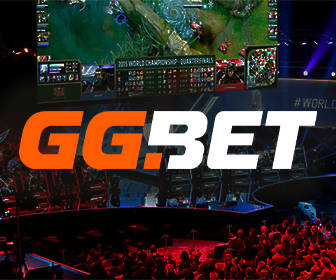Opening cases in games is a thrilling experience. Players around the world keep coming back for more because of the opportunity to earn rare skins and unique items. Sophisticated mathematics and ingenious algorithms work behind the scenes to ensure that the drops are both random and fair.
The platform DaddySkins is built on technologies that enable users to open loot boxes containing valuable CS:GO or CS2 skins. People can open these cases with confidence, knowing that the drop generation is reliable and transparent.
What Are Randomness Algorithms in Games?
These algorithms act as a secret code, ensuring that every drop is always a surprise. They determine the exact reward a player will receive when opening cases. Clear rules ensure equal chances for everyone.
The core of these algorithms is a random number generator. It produces an unpredictable sequence of values. In games, this system “decides” which item from the available list will drop when a crate is opened. Each entry in the case has its own weight — a probability of drop, depending on its rarity and value. A similar system is implemented in the CS2 case opening simulator, giving players a clear way to understand how RNG affects outcomes.
Why is Fairness Important?
Platforms want everything clear and fair. This means no rigging — just genuinely random drops. This benefit is huge for anyone investing real money or time into unboxing. The system proves no tricks — every drop’s legit and equal for all.
DaddySkins employs this very approach, ensuring that the case opening process is as fair and safe as possible for players. This increases trust and attracts new users.
How Do Drop Probabilities Work?
Inside each box, items have their chances to drop. The rarest skins are super scarce, less than 1%, but common ones show up way more, about 70–80%. Take popular CS:GO cases — weapons there fall into distinct categories like standard, uncommon, rare, very rare, and exotic.
Below is a list of the main factors affecting drop rates:
- skin type and rarity;
- number of items in the case;
- weight (probability) of each option;
- random number generation algorithms;
- use of a provably fair mechanism;
- additional bonuses and platform promotions;
- influence of PvP case battles.
Knowing these factors can help you better understand why some items drop more frequently, while others are scarce.
Skin Market Statistics and Trends
The virtual skin market continues to grow. In October 2025 alone, players opened over 31 million cases in CS2. Analysts estimate the total case and item market size to exceed $10 billion. For rare knives, the commonly referenced rate is around 0.26%. This data highlights how valuable and desirable these items are becoming.
Skin prices and popularity aren’t only about rarity. Esports trends and services like DaddySkins also affect how much people want them.
Randomization algorithms in cases aren’t just luck; they’re carefully crafted using mathematics and technology. This is what keeps the process engaging and balanced. Platforms with transparent drop mechanisms make the game fun and fair for everyone. If you want to try your luck or enjoy opening cases, consider using trusted services.

